River Irwell Walk
“… There are no fish, no insects, no weeds, no life of any kind except sewage fungus, nothing but chemicals and any dirt which cannot be put to profitable use ..”

The inspiration for doing this walk came from reading Cyril Bracegirdle’s “Dark River” … written in the 1970s, and in far grimmer times for the river, it paints a prophetically optimistic picture for the Irwell’s future revival.
This is the first of three walks that trace the course of the main rivers that flow into my home city of Manchester.
The River Irwell rises on Deerplay Moor above Bacup. It meanders for 39 miles until it merges with the River Mersey at Irlam. Along the way it flows through Manchester, forming a natural barrier with its neighbour … Salford.
The river was navigable in the early years of the cities developments. During the Industrial Revolution, the banks of the Irwell became home to a wide variety of factories and mills … the effluent from those establishments transformed it from a fish thriving waterway into a deadly drain!
In more recent times, huge efforts to reinvigorate the river have born fruit … fish and other wildlife have returned and the poison-spewing factories have been replaced with swanky apartments and hotels through the city centre!
My route hugs the river as close as possible, using a variety of pleasurable trails and paths (not always easy to follow, due to poor waymarking!).
I was mesmerised by the industrial ruins and more modern quirky features that I encountered along the way and have tried to replicate and share, in photo format, some of the intriguing sights I witnessed en-route.
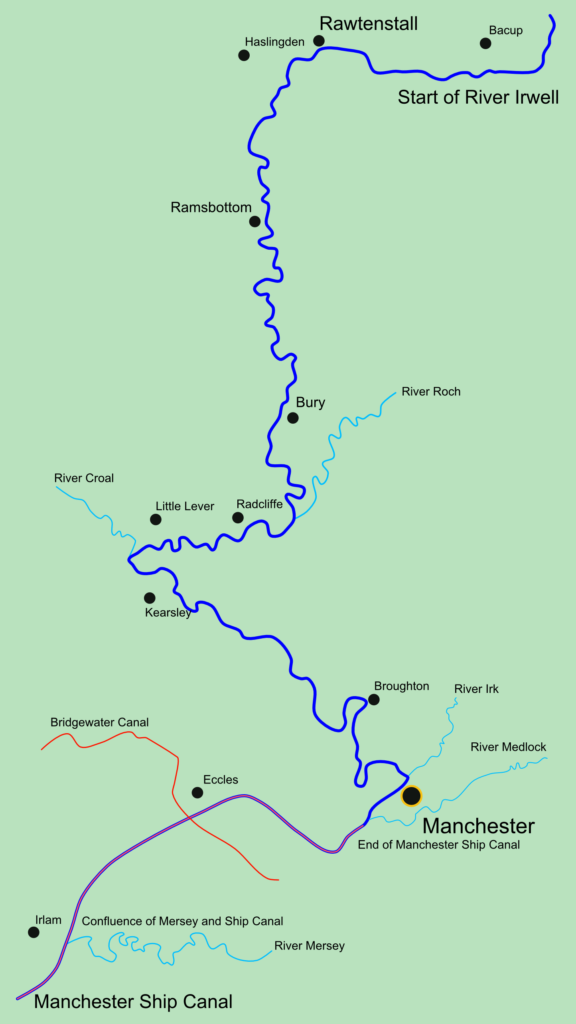
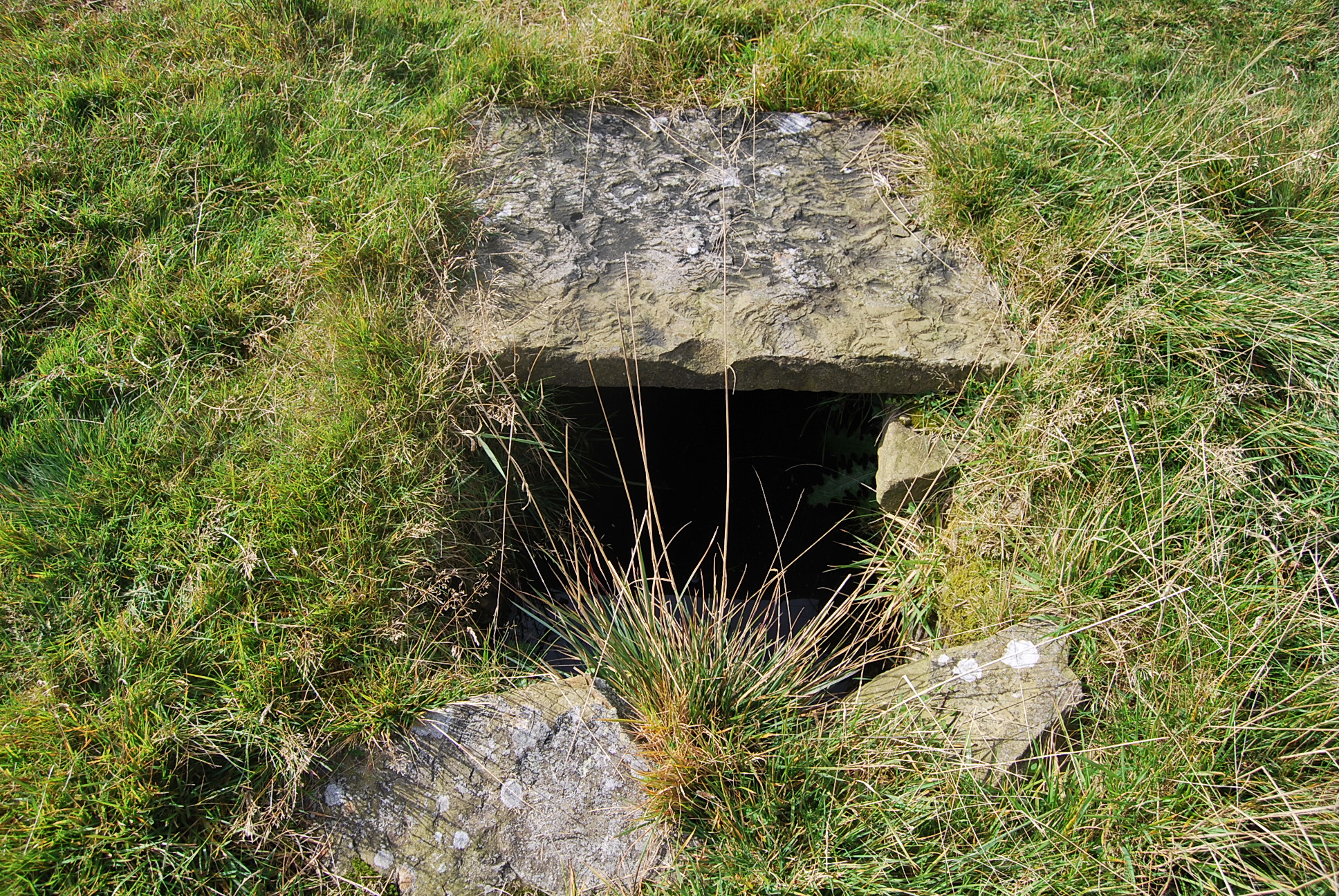
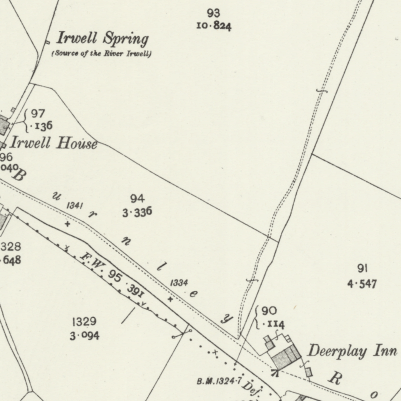
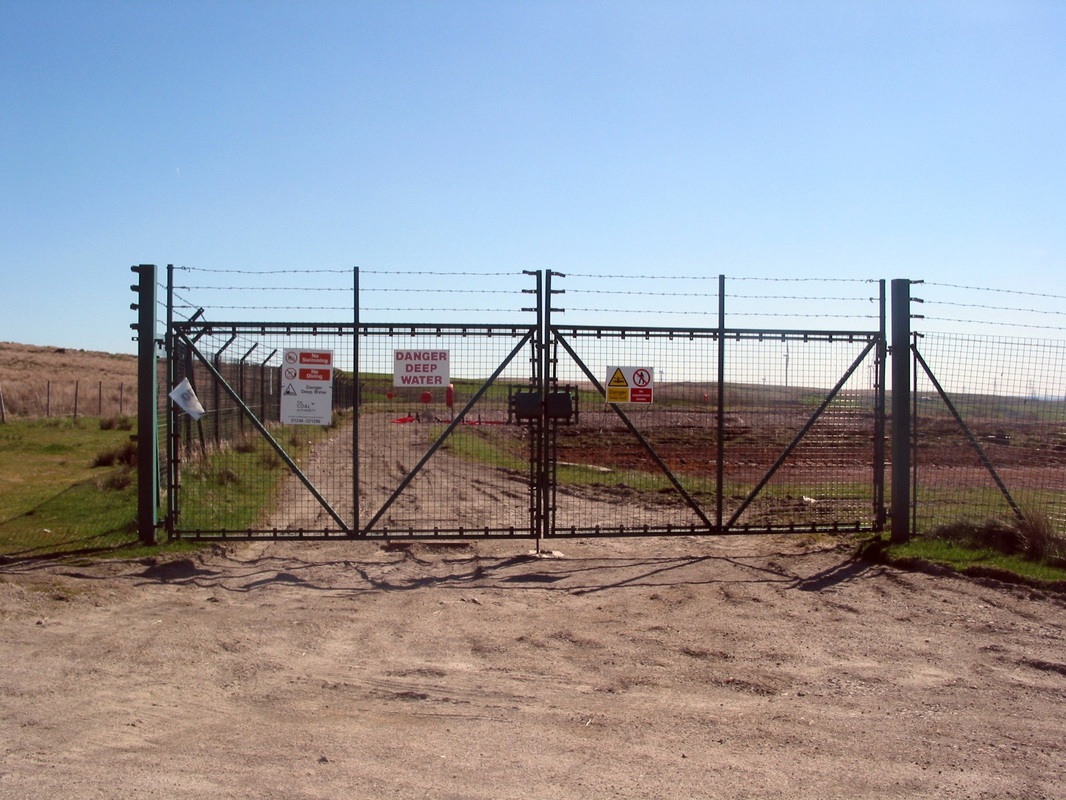
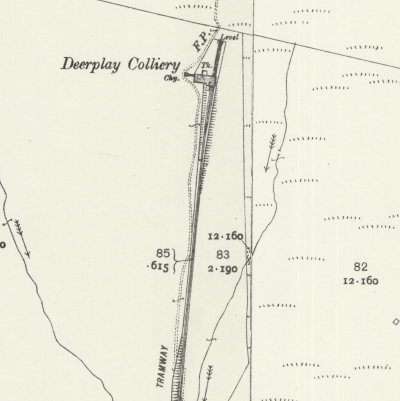
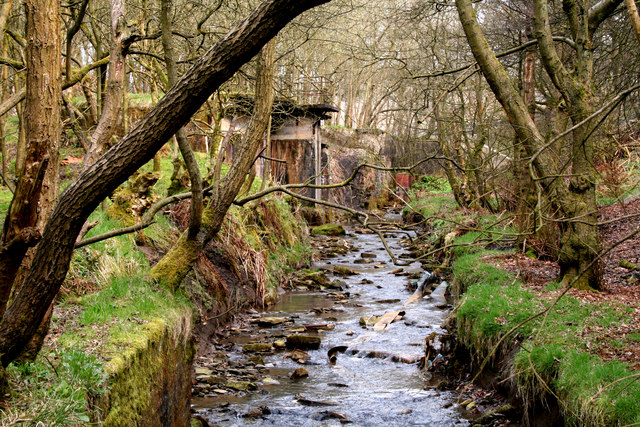
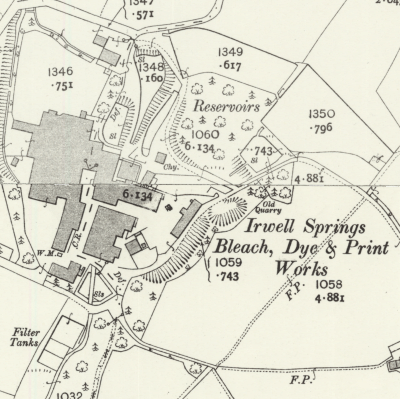
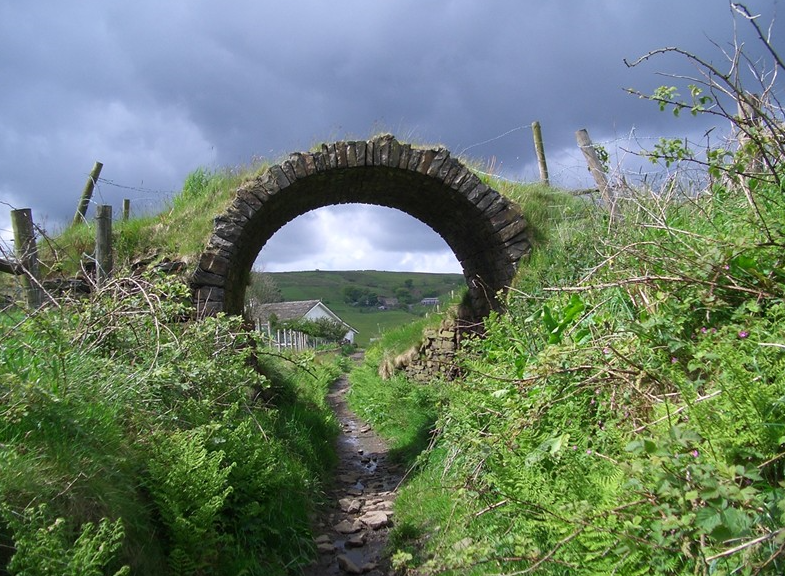
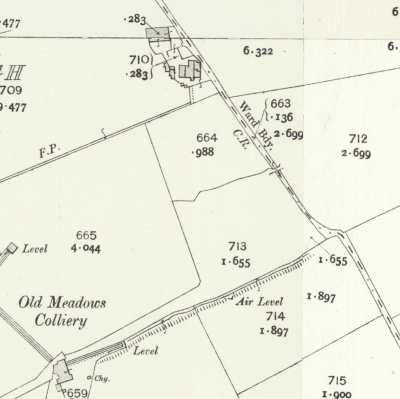
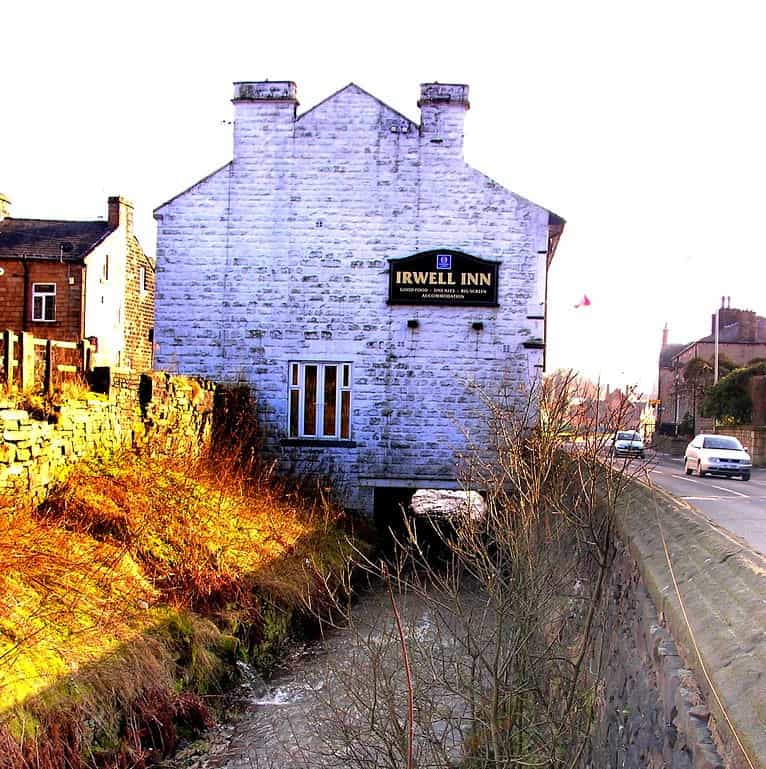
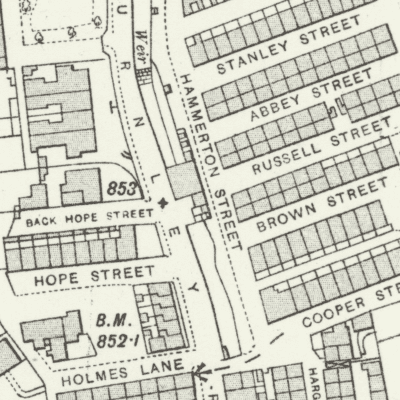
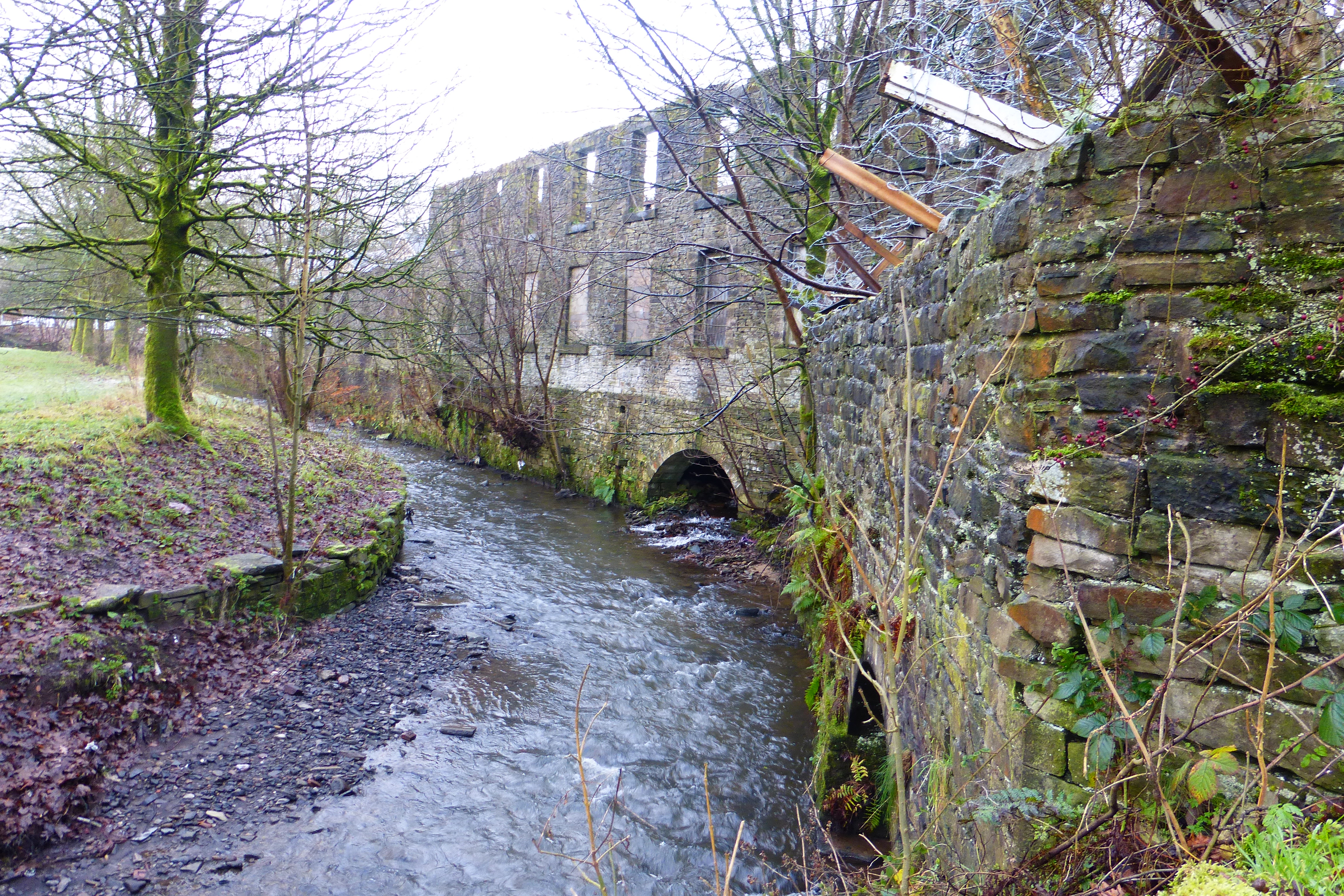
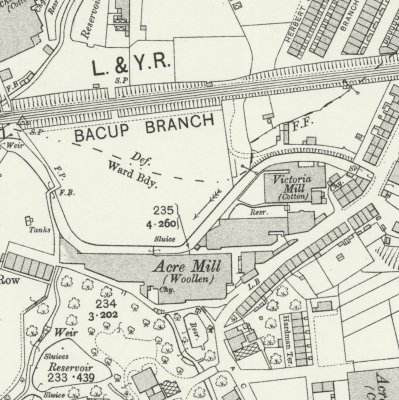
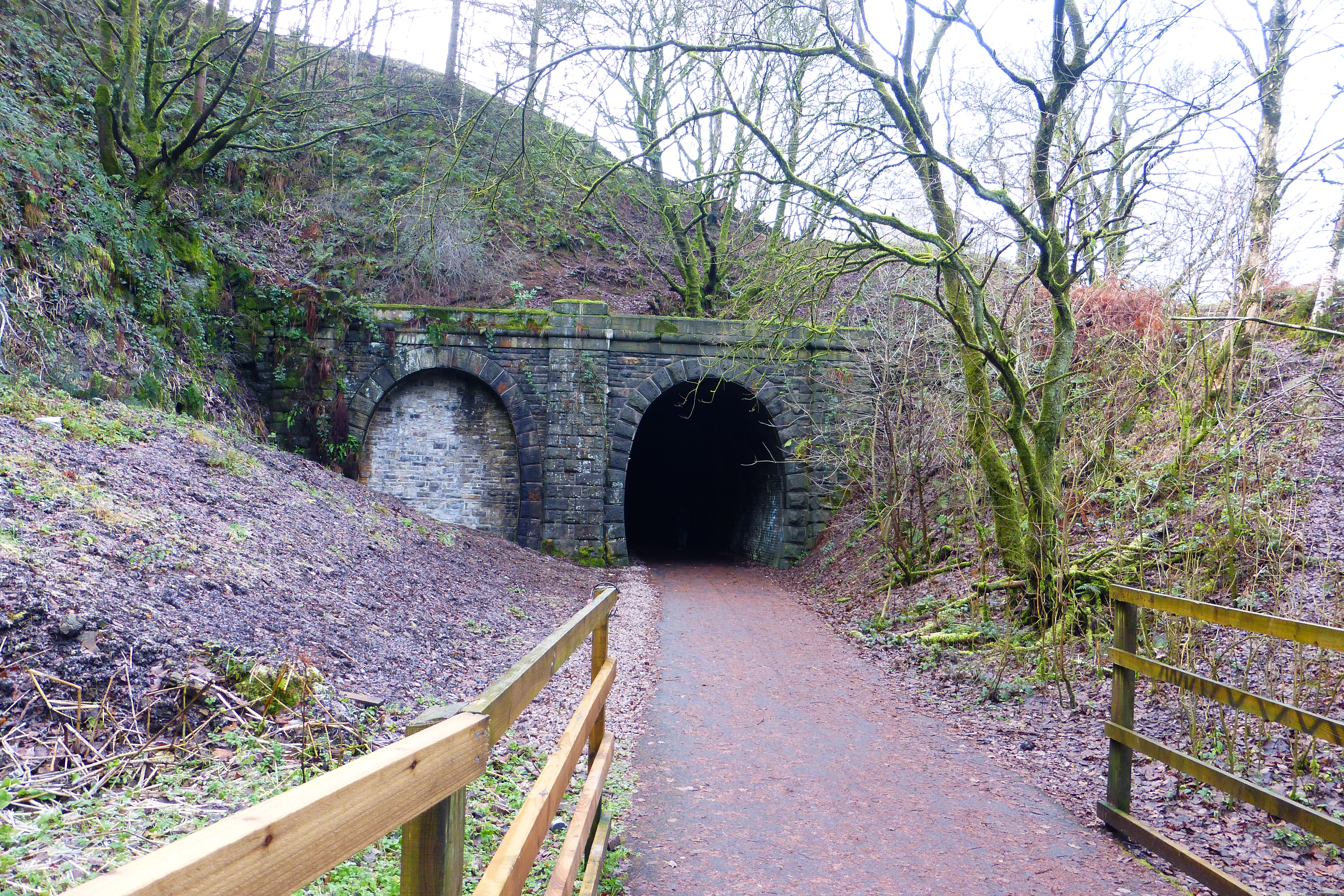
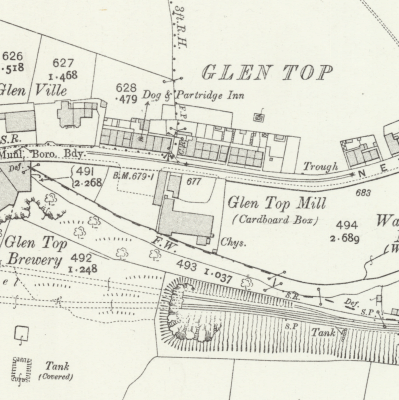
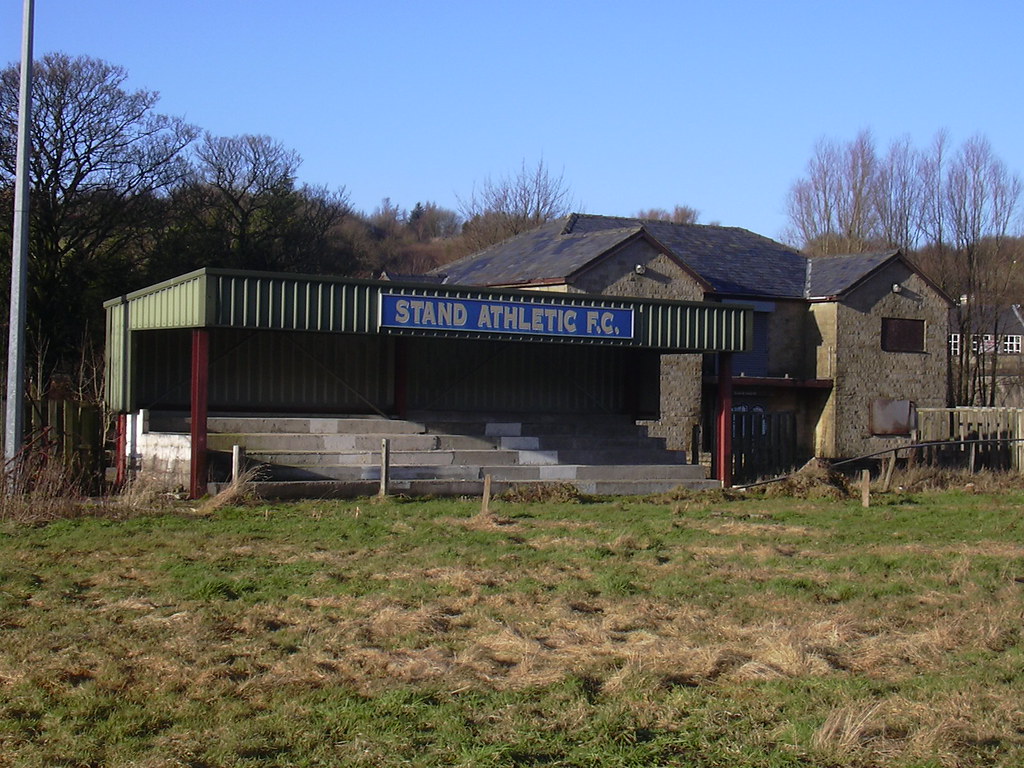
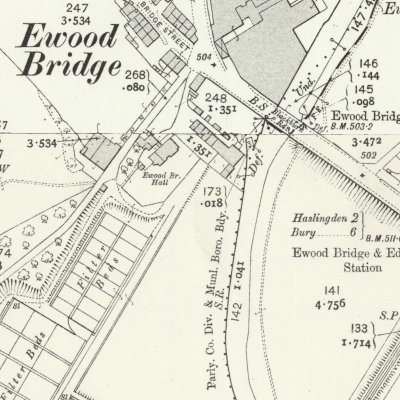
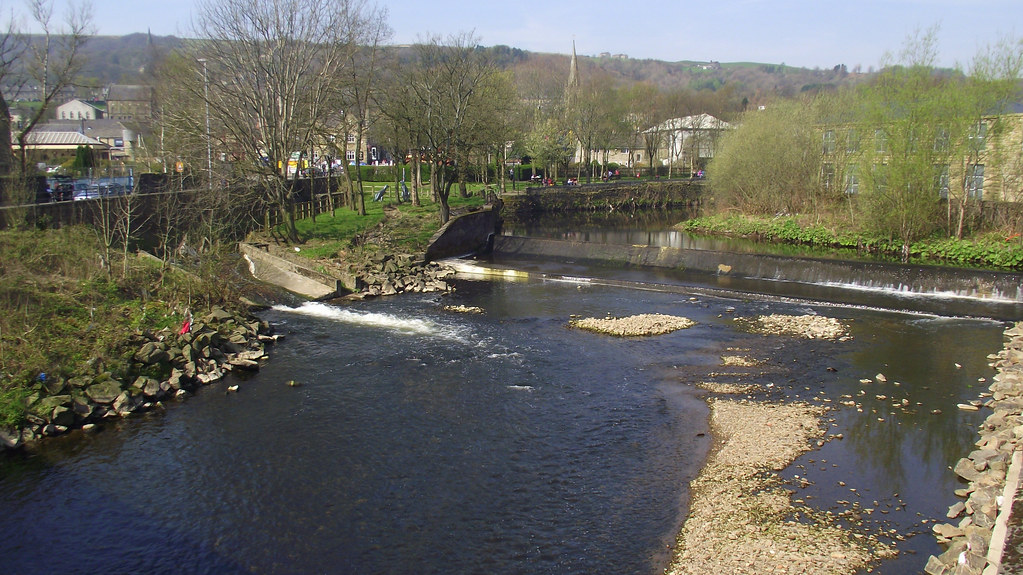
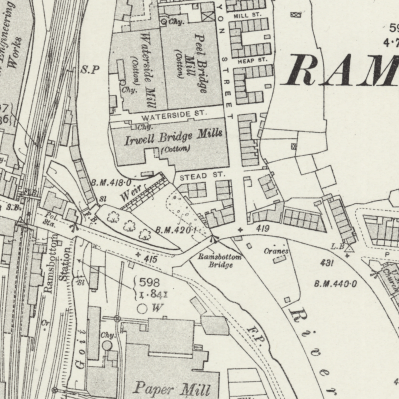
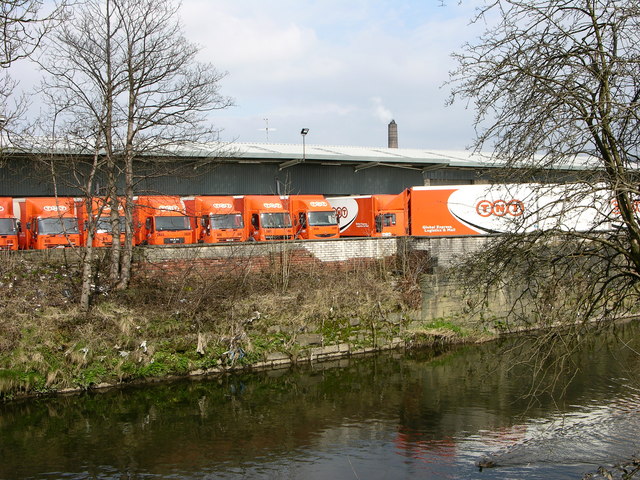
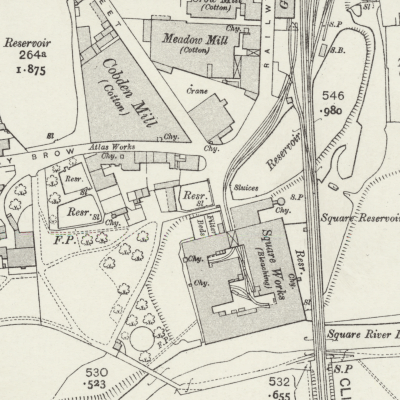
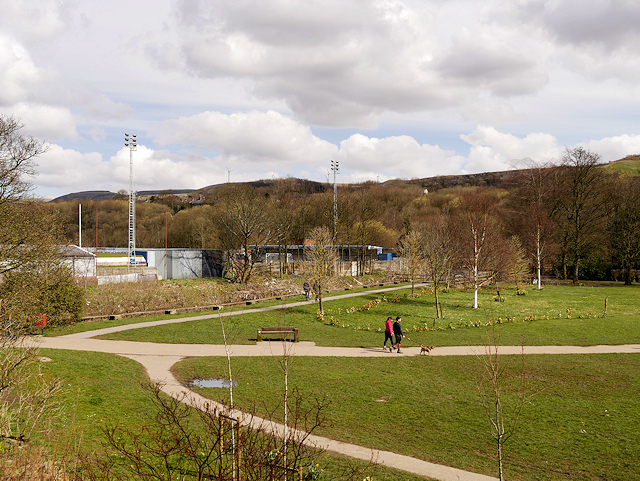
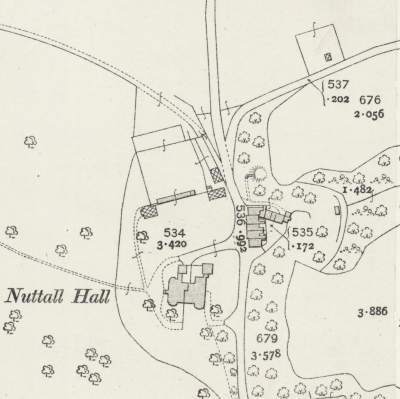
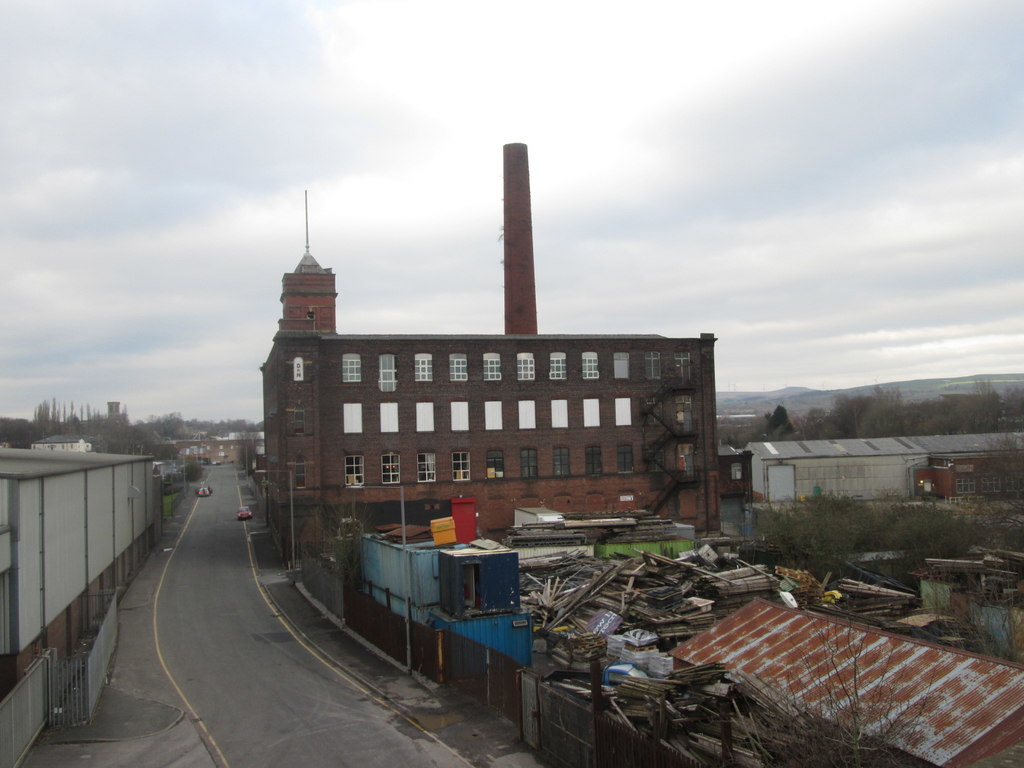
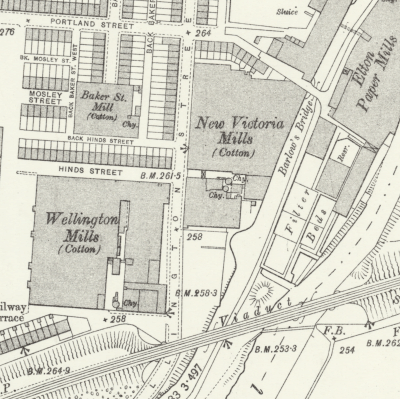
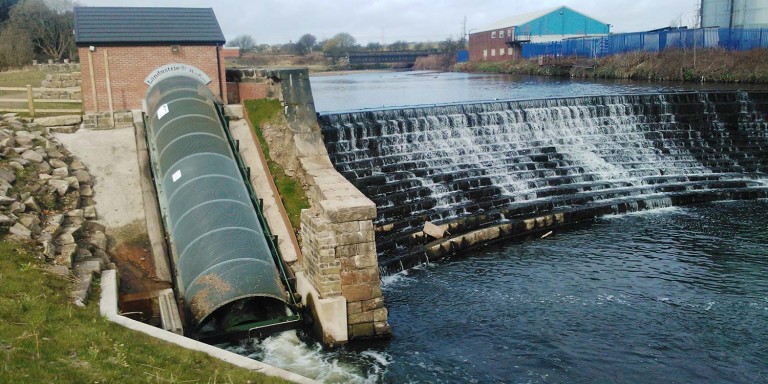
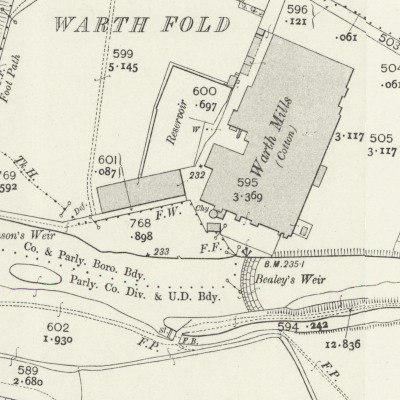
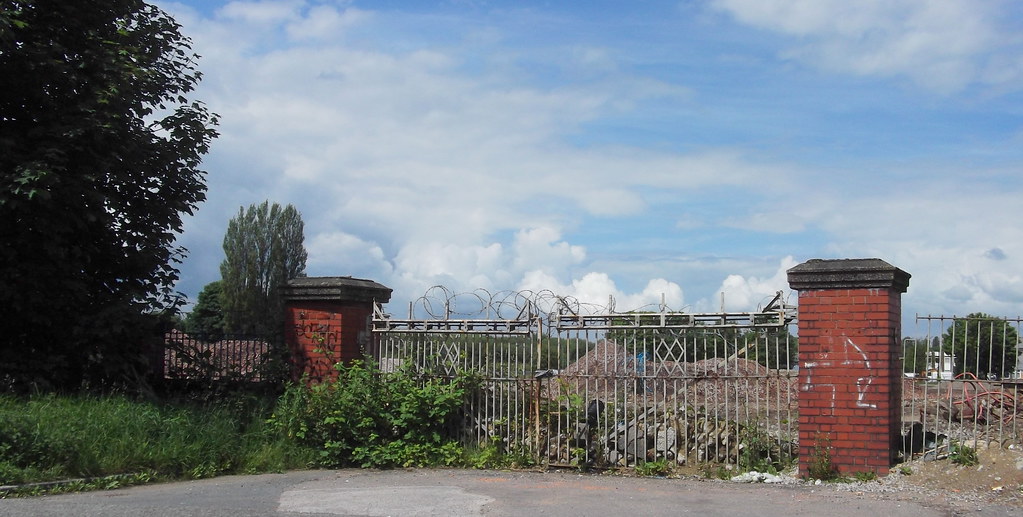
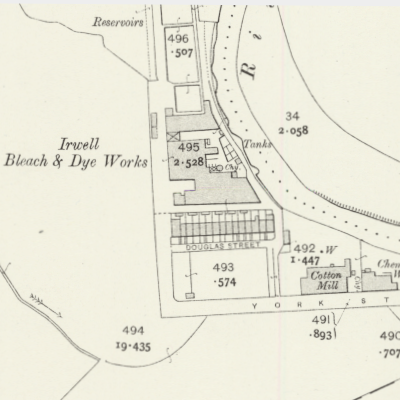
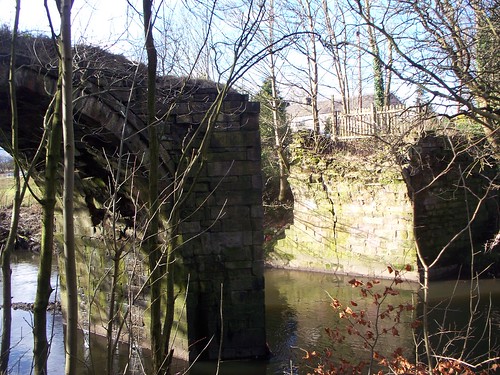
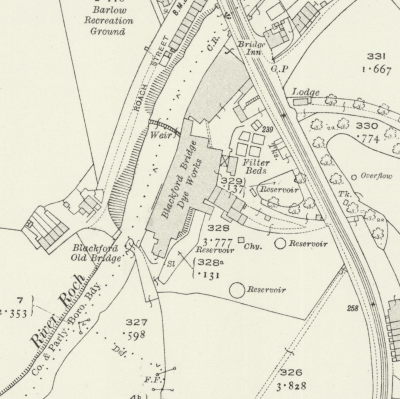
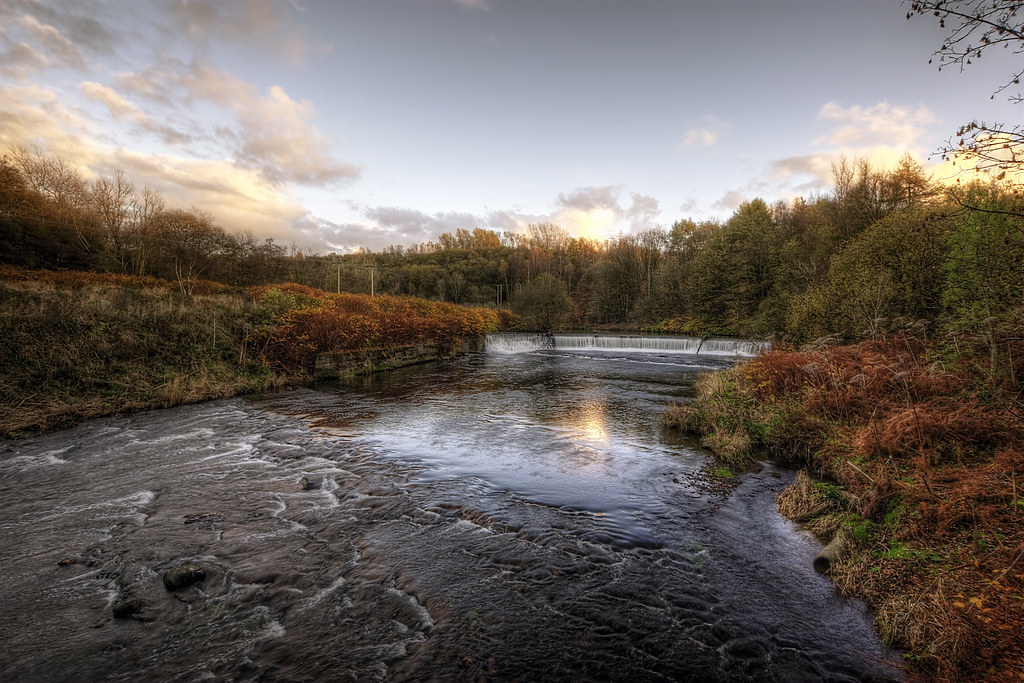
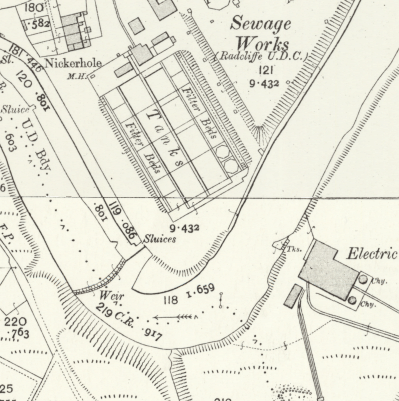

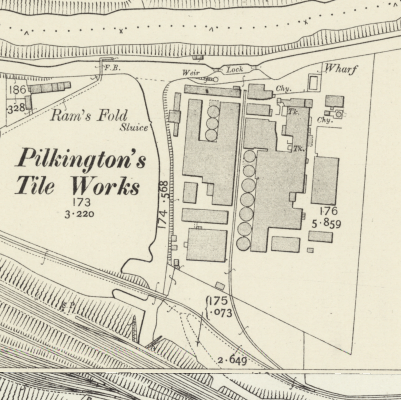
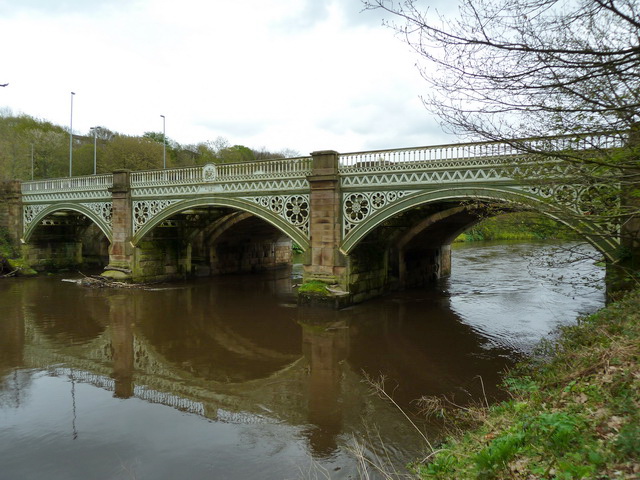
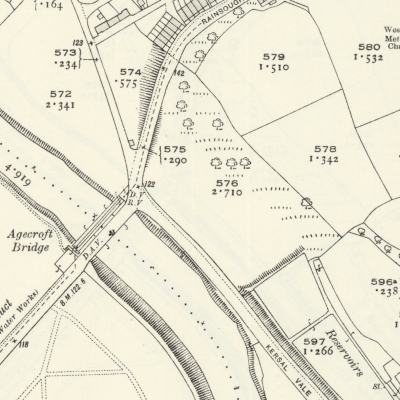
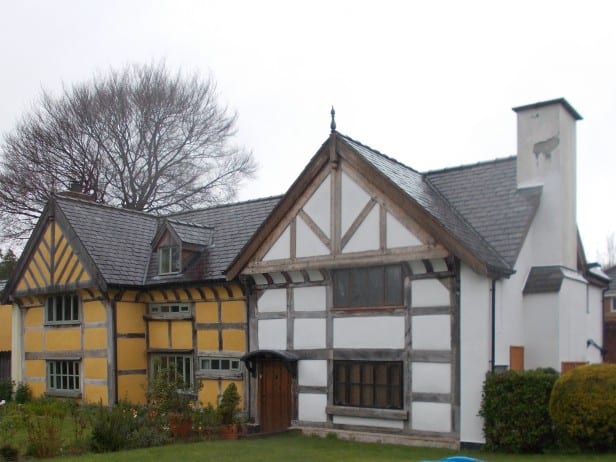
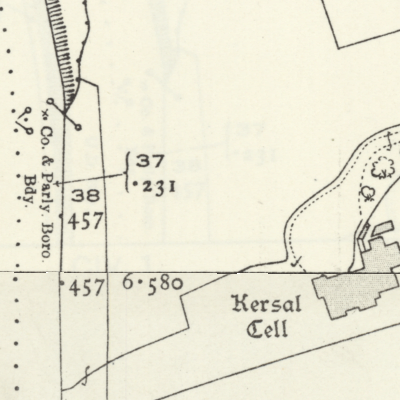
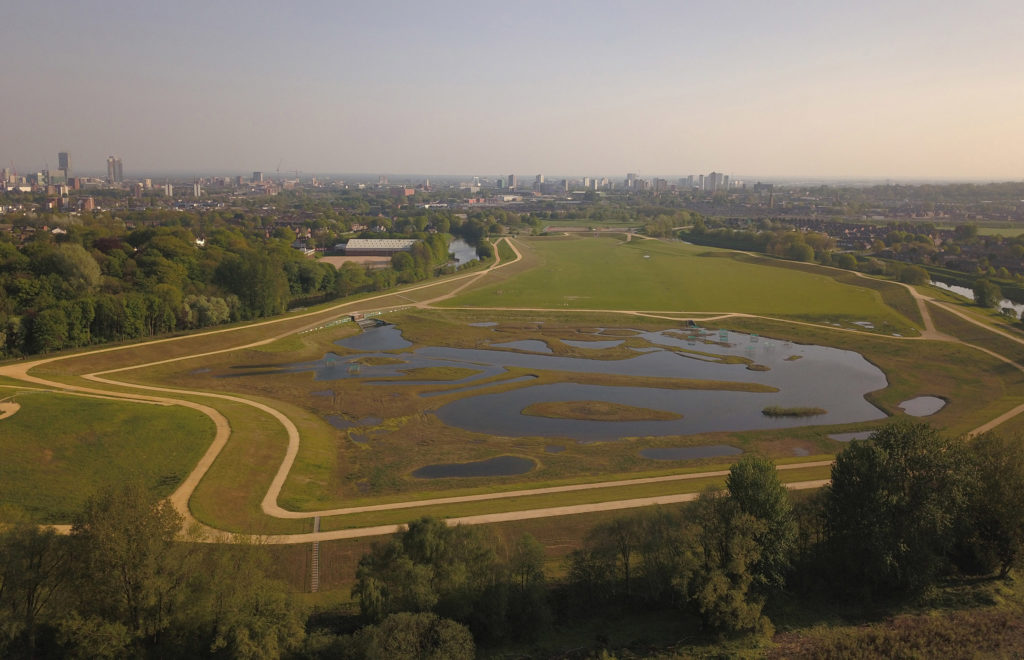
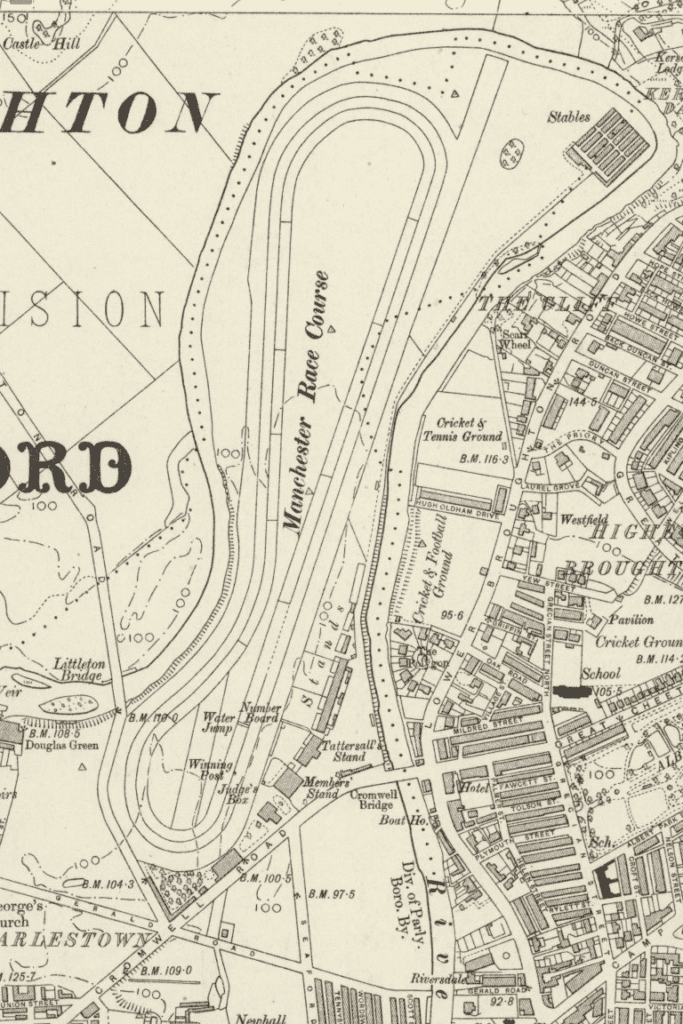
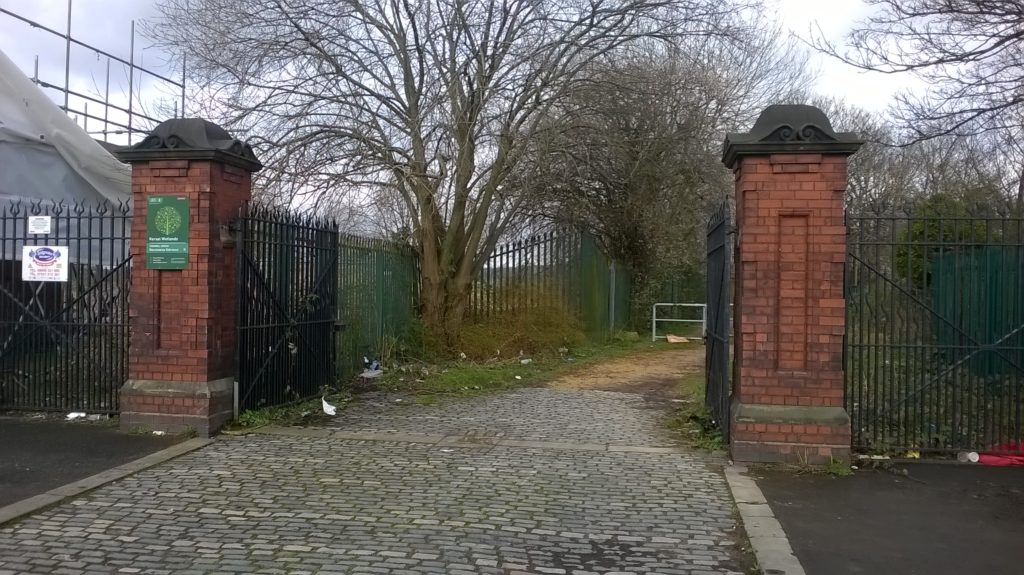
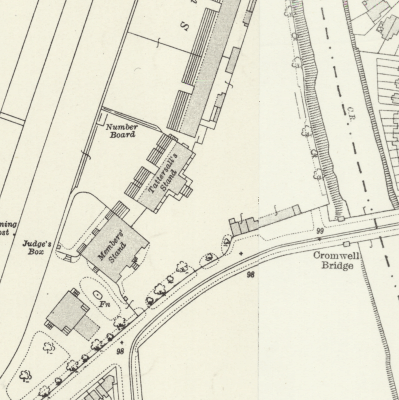
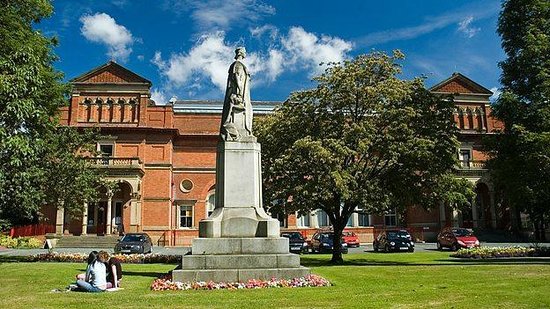
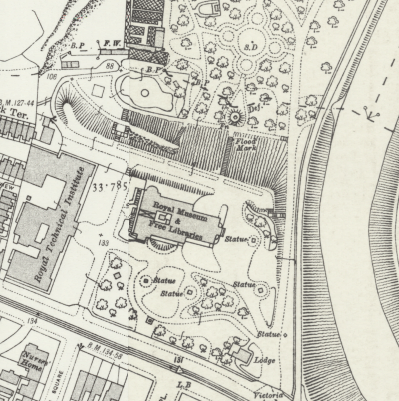
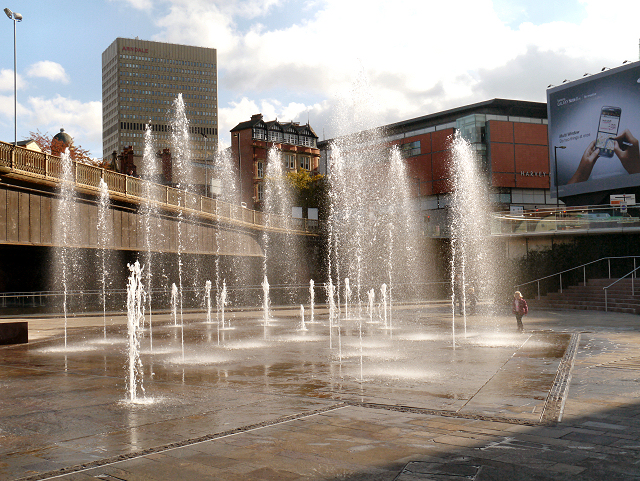
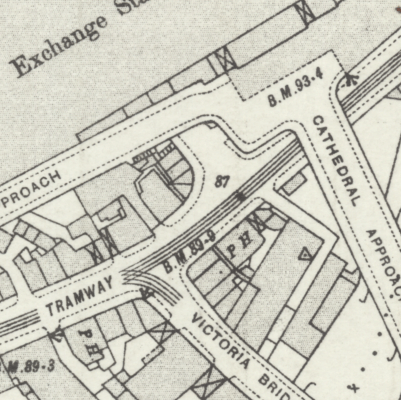
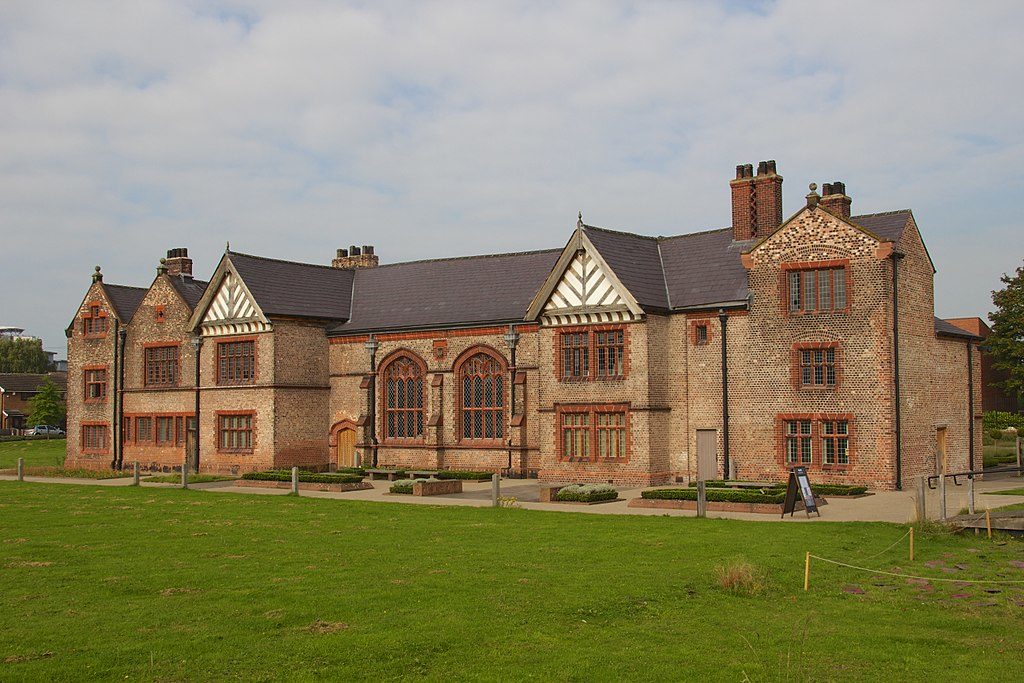
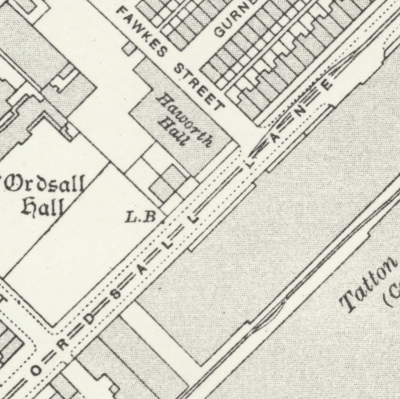

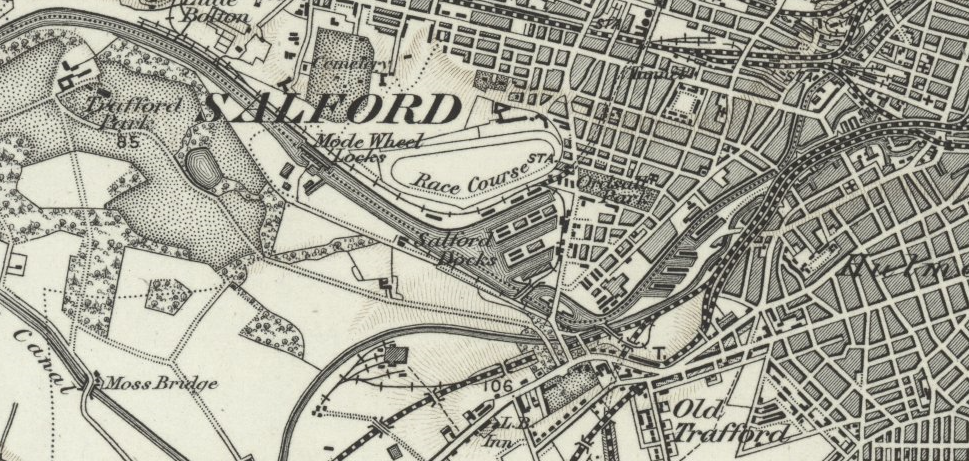
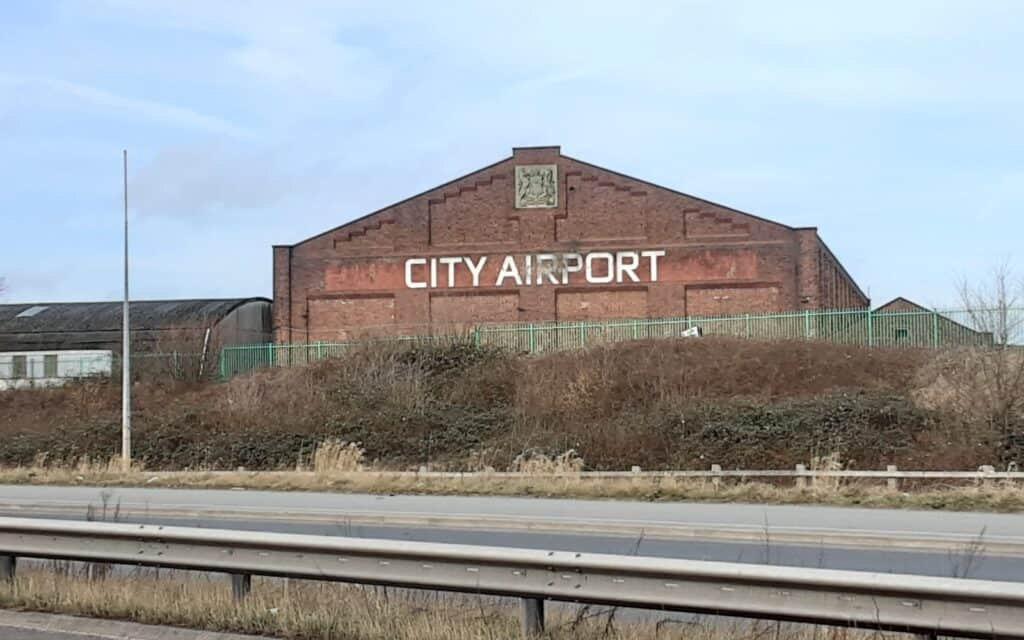
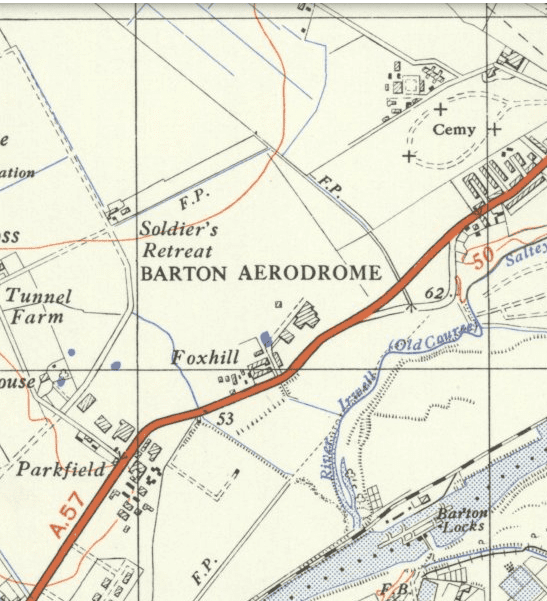
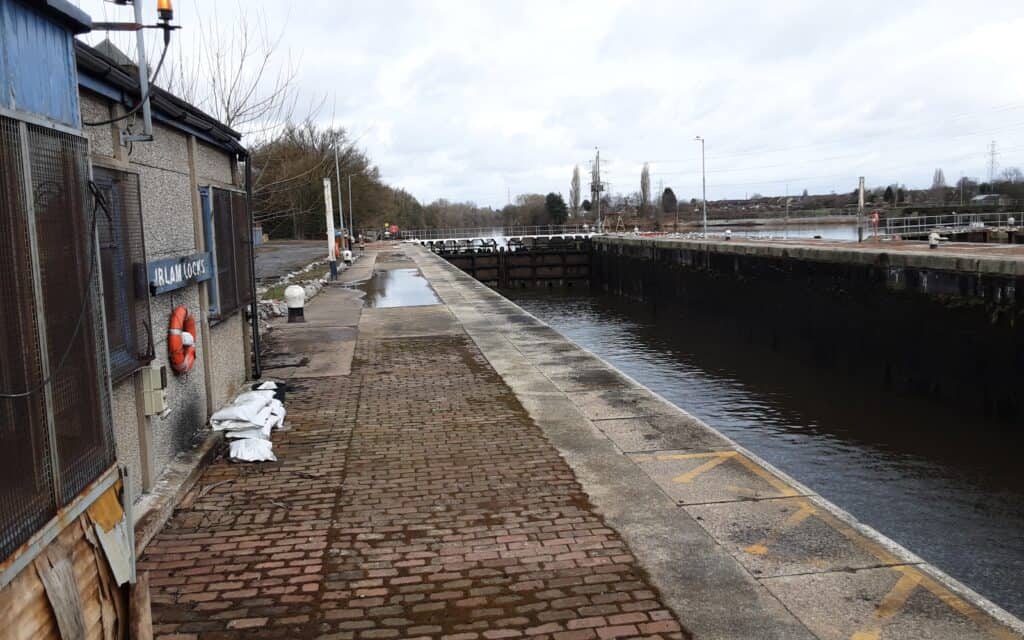
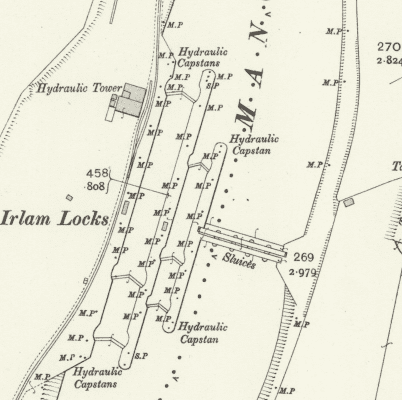
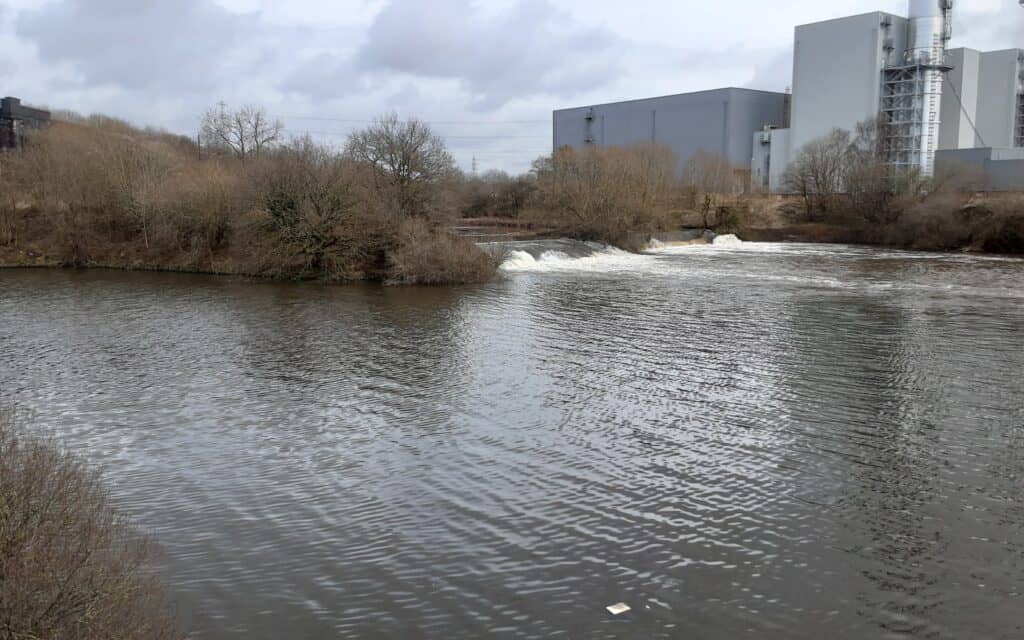
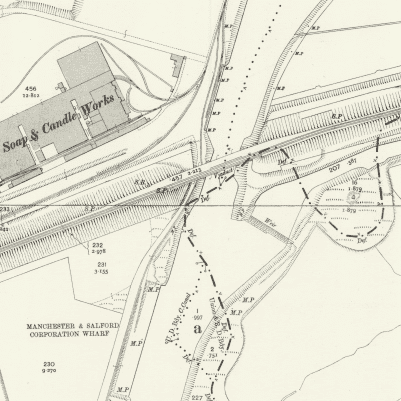
POSTSCRIPT – when the Manchester Ship Canal was constructed in the late C19th, the meandering old courses of the Irwell and Mersey were sliced through in brutal Victorian fashion and their waters stolen to maintain the canal’s own level. Very little now exists of the old course of the Irwell except for the odd strange stranded ‘pond’. The images below show the old joining point and the last remnants of the original Irwell.
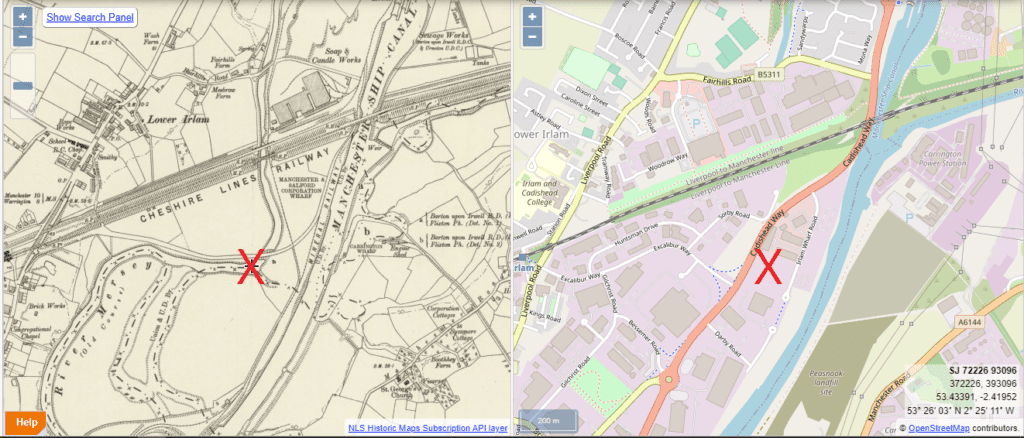
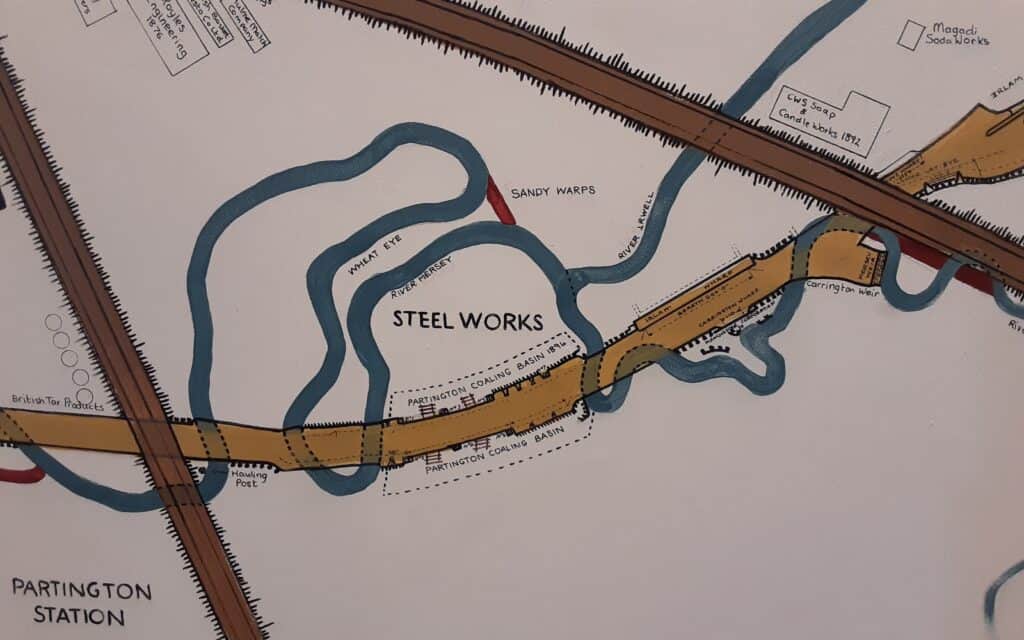
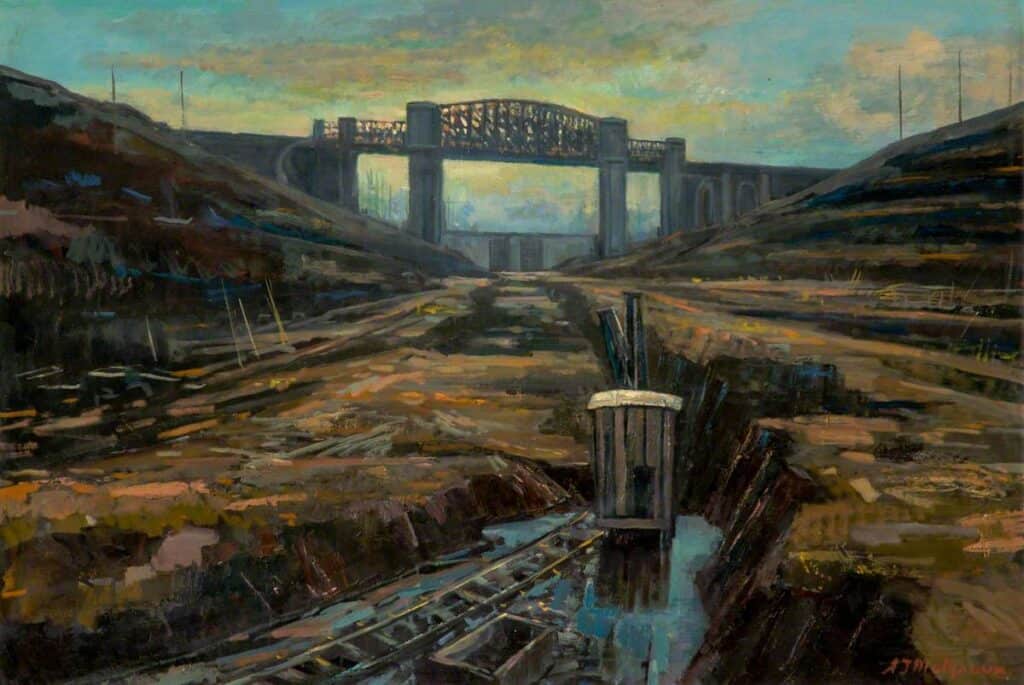
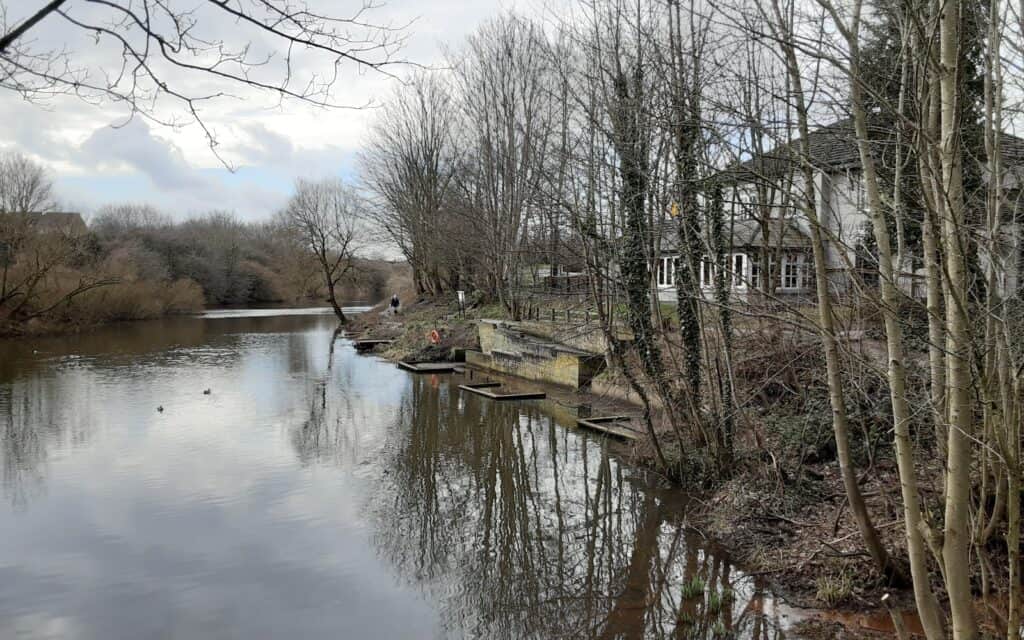
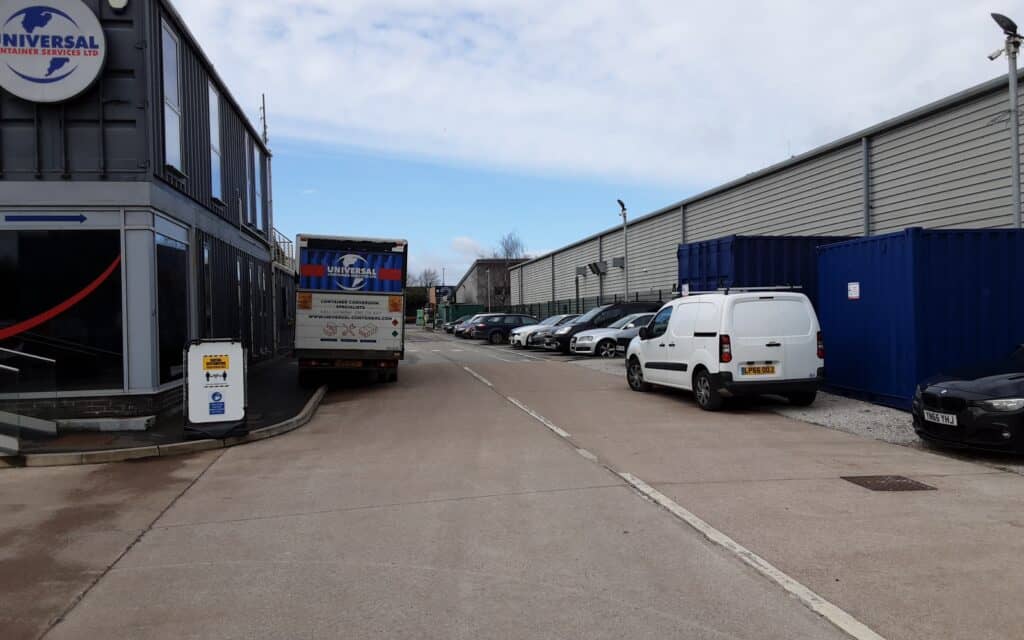

I dedicate this walk to a dear friend John Dalton, who was born on Wainman Street, Salford 6 … I think he’d have enjoyed this project!

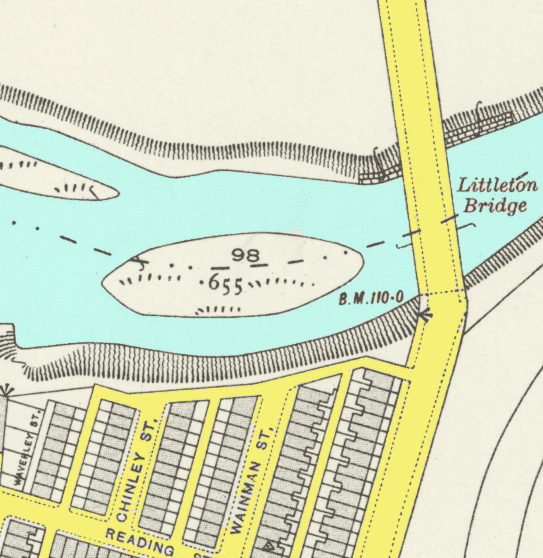

ACKNOWLEDGEMENTS – my thanks to Linda, my much loved ‘other half’, for accompanying me around the Radcliffe and Prestwich sections. Through Salford I was also joined by Chris … a raconteur extraordinaire!
